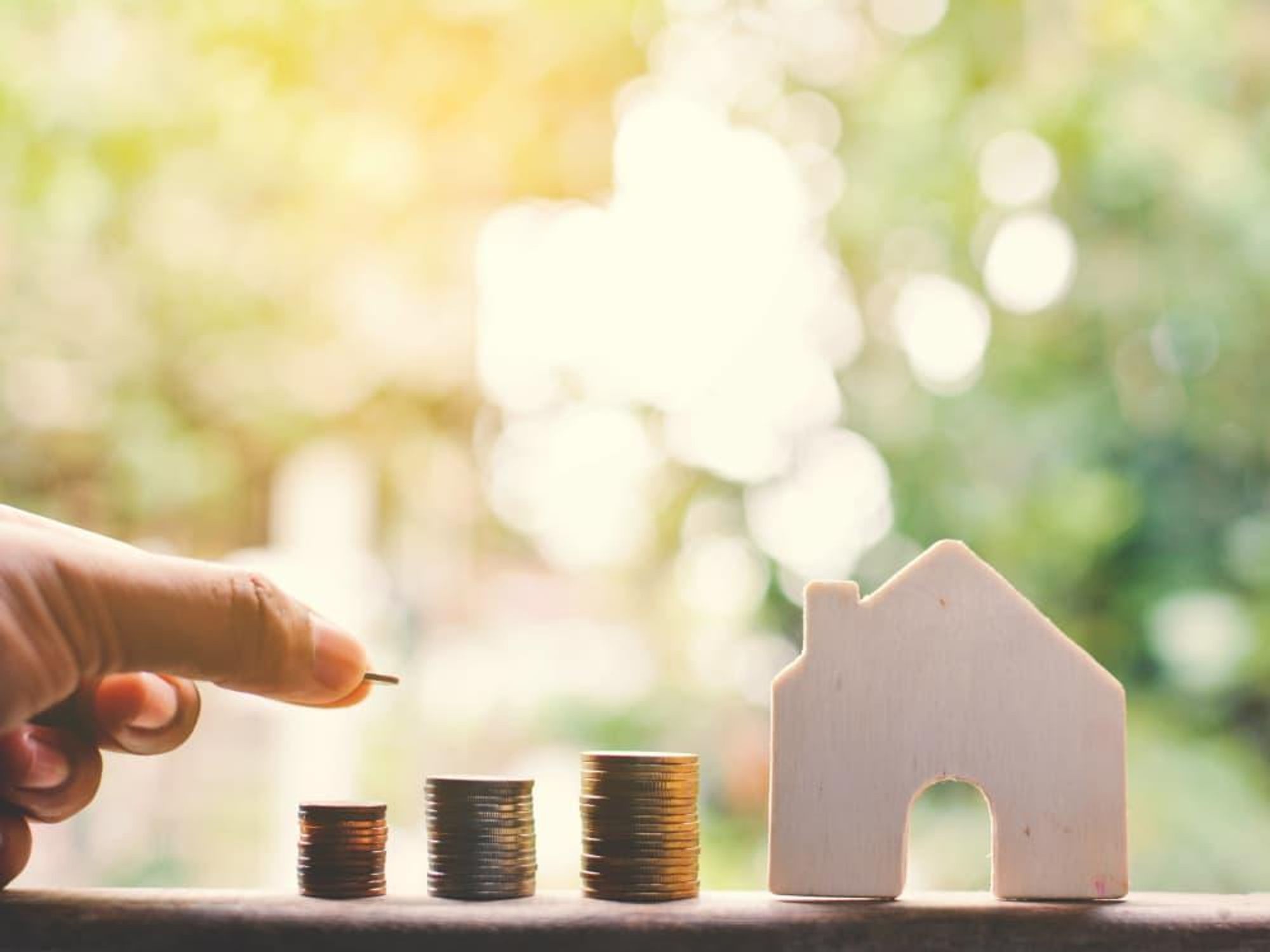Not-so-easy living
Dallas-Fort Worth saw 8th highest spike in cost of living in U.S., report says

The period from 2010 to 2020 was not kind to the wallets of people in Dallas-Fort Worth.
Among major U.S. metro areas, DFW saw the eighth biggest increase in the cost of living from 2010 to 2020, according to a new analysis of federal data by Filterbuy. During that 10-year span, the cost of living in DFW rose 20.3 percent, the analysis shows. The Seattle metro area led major metros with a 23.2 percent jump in the cost of living from 2010 to 2020.
Here’s a further breakdown of the numbers for DFW:
- Overall cost of living compared with the average — 5.1 percent higher.
- Cost of goods compared with the average — 3.3 percent higher.
- Cost of housing compared with the average — 12.1 percent higher.
- Cost of utilities compared with the average — 13.3 percent higher.
Despite those figures, DFW remains a more affordable alternative to places like New York City, San Francisco, Boston, Los Angeles, and Miami.
“DFW’s housing market is one of the hottest in the nation. As more and more professionals move to DFW, the downtown rental rates have risen. Home prices have also climbed over the past few years and [continued] to rise in 2021, as the demand for homes increases,” U.S. News & World Report says.
“Still, the Dallas-Fort Worth area offers a better value than similarly sized metro areas when comparing household costs with median household income.”
Three other places in Texas made Filterbuy’s top 30 for the steepest rises in the cost of living among major metros:
- In the 12th-ranked Austin area, the cost of living climbed 17.8 percent from 2010 to 2020.
- In the 14th-ranked San Antonio area, the cost of living grew 17.4 percent from 2010 to 2020.
- In the 28th-ranked Houston area, the cost of living increased 14.9 percent from 2010 to 2020.
